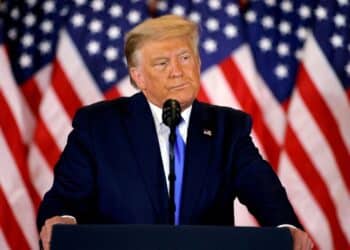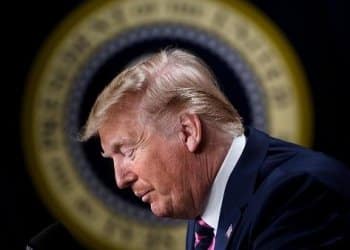China has responded to the imposition of tariffs on its exports by the United States with tariffs of its own on multiple US. imports.
Tuesday, the country said it would implement a 15 percent tariff on coal and liquefied natural gas (LNG) products and a 10 percent tariff on crude oil, agricultural machinery and large-engine cars imported from the U.S., all expected to take effect on February 10.
According to data from the US Energy Information Administration, China was the second-largest buyer of US coal in the first three quarters of 2024, accounting for 10.9 percent of total coal exports.
The east Asian country accounted for 2.9 percent of US natural gas exports from January to November 2024.
China’s move is in light of Trump’s newly imposed levies of 10 percent on all imports from China which took effect on Tuesday after a series of threats.
US tariffs on products from Canada and Mexico also were to go into effect, but Trump agreed to a pause for 30 days after meetings with both nation’s leaders.
Trump is expected to speak to Xi Jinping, president of China in the coming days, which could lead to an aversion of a full-blown trade war between the world’s two largest economies.
China’s finance ministry said the US tariffs violated World Trade Organization rules and “undermines the normal economic and trade co-operation between China and the US.”
In addition to the tariffs, China announced export controls on several elements critical to the production of modern high-tech products including tungsten, tellurium, bismuth, molybdenum and indium, many of which are designated as critical minerals by the US.
But that’s only part of U.S. troubles in China. The country’s State Administration for Market Regulation said it is investigating Google on suspicion of violating antitrust laws.
While the search engine is blocked in China along with most of parent company Alphabet’s businesses, the U.S. group profits from Chinese businesses advertising abroad, and Chinese phone makers also widely use its Android operating system.
The situation mirrors the trade war of 2018 between the two countries when Trump raised tariffs on Chinese goods and China responded in kind.









